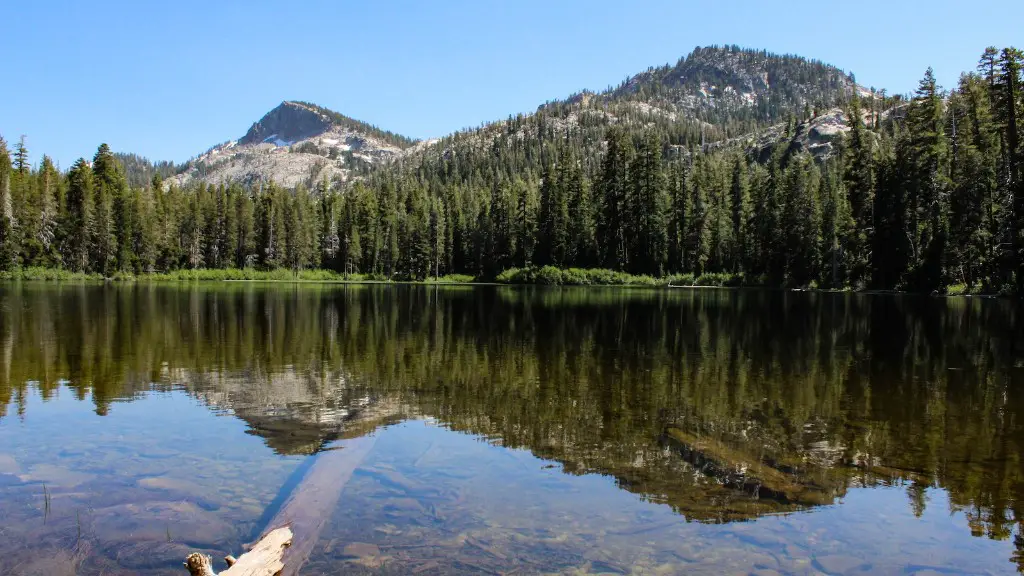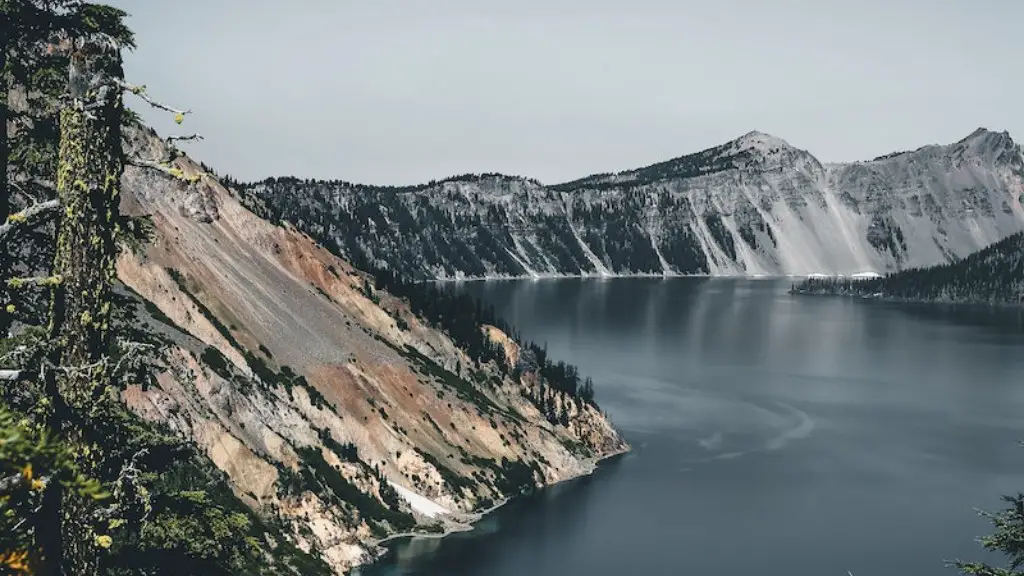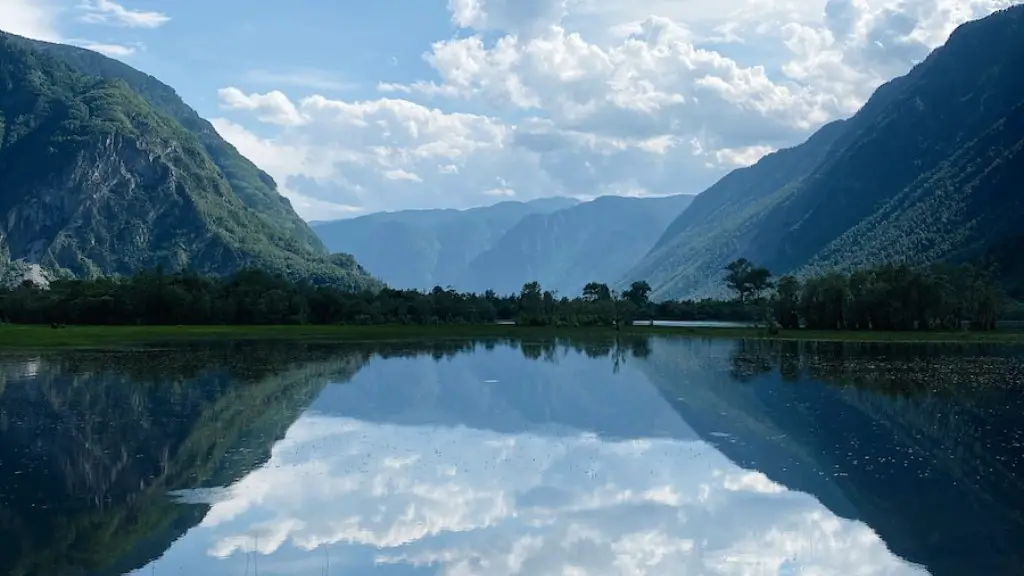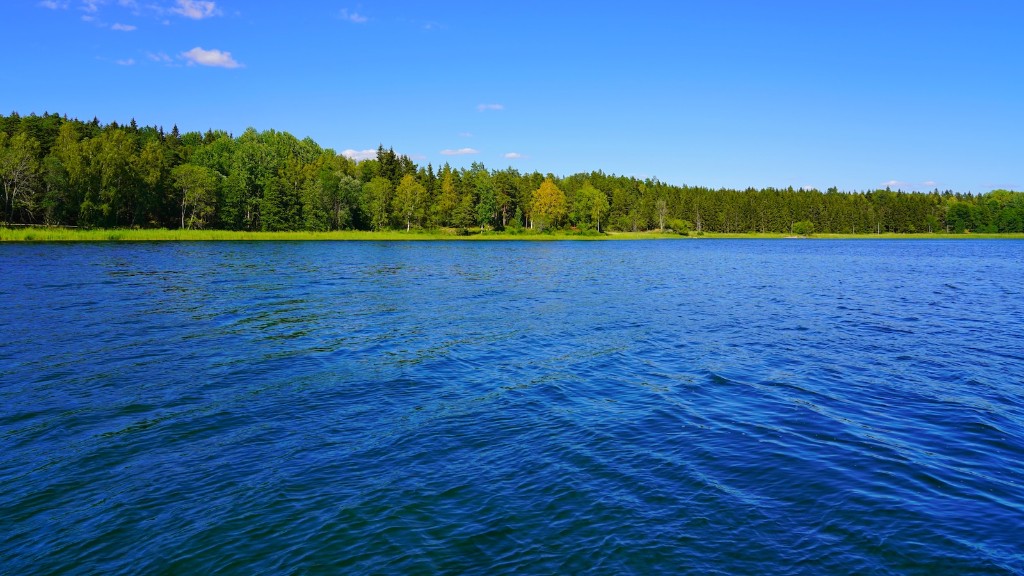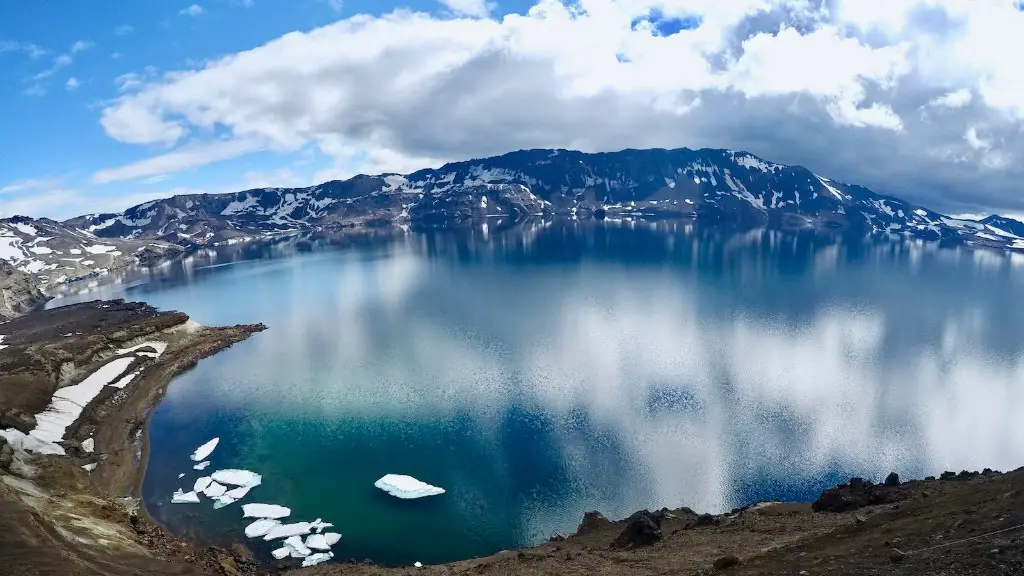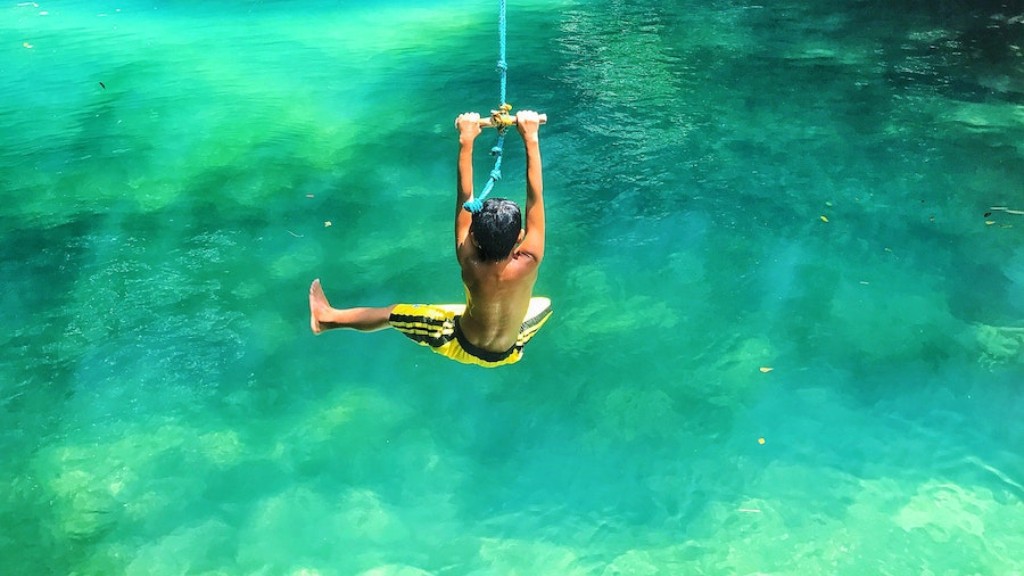Location
Lake Titicaca is the largest lake in South America, located on the border of Peru and Bolivia.
The lake is situated at an elevation of 3,812m (12,507ft) above sea level, making it the world’s highest navigable lake. It is also the largest high-altitude body of water in the world, covering an area of 8,372 km2 (3,232 sq mi).
The lake is of great importance to the local people, who rely on its waters for their livelihoods as well as for food, recreation and hydroelectric power.
The lake’s unique position has created a unique ecotourism destination and habitat for many species of birds and wildlife.
Accommodation
There are several types of accommodation near Lake Titicaca. Visitors can choose from simple homestays, luxury hotels and traditional hostels on the islands.
Homestays are an excellent way to get close to nature and experience the local culture, while luxury hotels and resorts are available for those looking for a luxurious stay.
On the islands, there are various traditional hostels with spectacular views and comfortable beds and bathrooms. Many of these hostels are managed by local families, who prepare traditional and very tasty dishes.
Some of the islands have camping grounds with basic amenities, while those looking for budget accommodation can choose from the various cheaper hostels on the mainland.
There are also several luxury cruises available to explore the lake.
Activities
Lake Titicaca offers a wide range of activities for visitors to enjoy. There are guided day trips to explore the islands, as well as a variety of water sports such as kayaking, boating and waterskiing.
The lake is also home to a number of picturesque villages and ruins that can be explored on foot or by bicycle. Visitors can also explore the lake’s unique underwater habitats.
The lake is known for the unique wildlife that inhabit it, including fish and birds. Visitors can also take part in bird-watching tours and spot various species of birds, as well as other local wildlife such as llamas and alpacas.
Furthermore, there are plenty of cultural experiences to be had, including visits to local markets, art galleries and museums.
Advantages
The biggest advantage of visiting Lake Titicaca is the breathtaking views. The panoramic views of the lake and its surrounding mountains, islands and villages provide visitors with an unforgettable experience.
The lake is also an excellent starting point to explore the neighbouring countries of Peru and Bolivia, as well as explore the unique local culture.
The lake’s unique high-altitude environment provides visitors with a unique ecological experience, as well as a wide range of wildlife that inhabits the lake.
The lake is also very accessible, with boat trips running regularly between Puno and Copacabana, and it is possible to reach the lake by bus or train from other cities in Bolivia and Peru.
Overall, Lake Titicaca is an excellent destination for anyone looking to experience something truly unique and spectacular.
Disadvantages
Despite its many advantages, there are also a few disadvantages to visiting Lake Titicaca. The lake is susceptible to drastic weather changes, which can make the landscape vulnerable to flooding.
The lake is also subject to pollution, as industrial and agricultural waste is dumped into the lake. This can cause health problems for visitors, so it is important to be aware of the potential risks.
Visitors should also be aware that Lake Titicaca is located at a very high altitude, and visitors who are not used to the altitude may experience symptoms such as nausea, dizziness and fatigue.
Furthermore, the lake is still relatively undeveloped, and visitors might find the few amenities available to be limited. In addition, some areas of the lake are not easily accessible, especially during the rainy season.
Cost
The cost of visiting Lake Titicaca depends on the type of accommodation and activities chosen. Hotels and hostels in the area range from budget to luxury, and prices vary accordingly.
The cost of food and activities is also variable, with prices for restaurants and activities depending on the season and the popularity of the location. Budget travellers can find cheaper alternatives at local markets or in the villages.
Travellers can also opt for a luxury cruise of the lake, which can provide an unforgettable experience at a higher cost. The cost depends on the length and quality of the cruise.
Overall, the cost of visiting Lake Titicaca can range from very affordable to expensive, depending on the choices made.
Food
The local cuisine near Lake Titicaca is very rich and diverse, with a great variety of dishes to try. The area is known for its delicious local specialities, such as fresh fish and various soups.
The local markets feature a wide range of traditional food ingredients, and visitors can find everything from fresh vegetables and fruits to seafood, meats and cheeses.
The traditional dishes of the area are typically very healthy and cooked with natural and local ingredients. The local restaurants serve delicious meals at affordable prices and many offer a menu of the day for a really great experience.
Furthermore, visitors can also find a variety of international restaurants, offering cuisine from around the world, such as Italian and Chinese.
Conclusion
Lake Titicaca is an amazing destination to visit, with incredible landscapes and a diverse array of wildlife, culture and activities. The lake is accessible, with various types of accommodation, activities and food available.
Visitors should be aware of the potential risks associated with visiting such a high-altitude environment, and be mindful of the cost, weather and pollution levels when planning their visit.
Overall, Lake Titicaca is a unique and stunning destination, perfect for travellers looking for an unforgettable adventure.
